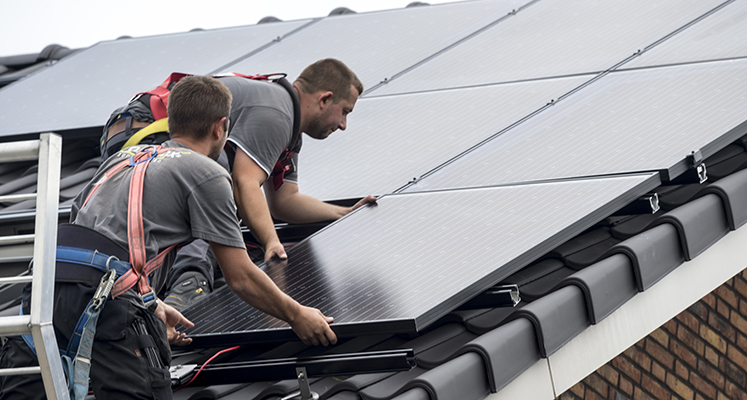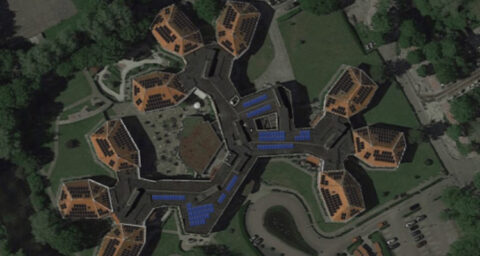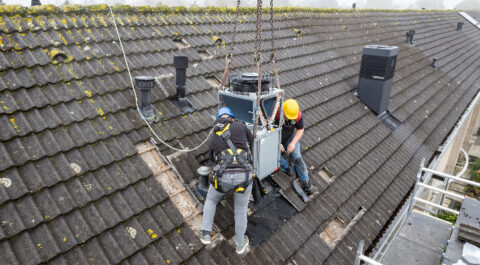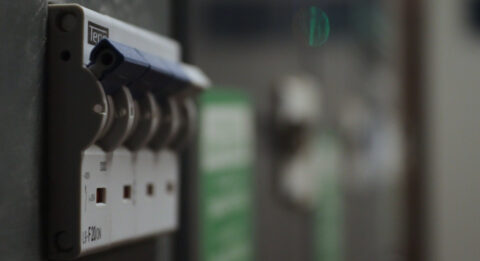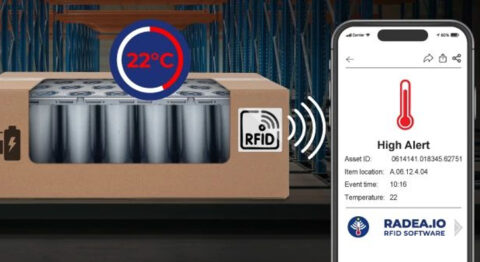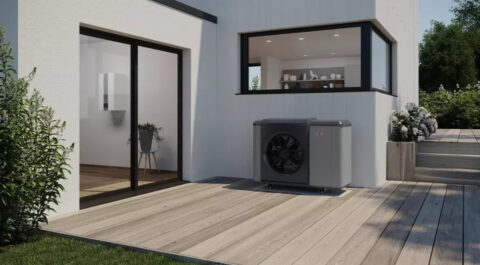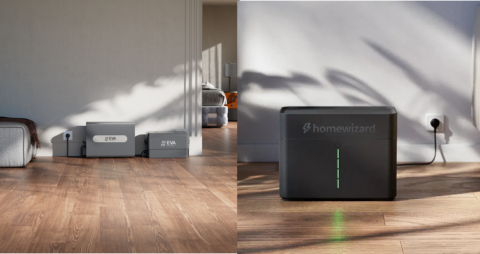With solar panels, people bring a wonderful source of energy into their homes. However, the sun often does not shine when they need power the most. With a home battery they can easily store the surplus power so that they can use it when they need it.
The power grid is chock-full everywhere, and at the same time solar panels are still being added everywhere. This is one of the reasons why the net-metering scheme may come to an end and why some energy companies even charge people for feeding power back. At the same time, people are in need of power precisely at other times than when the sun is merrily burning on the roof. Because even when the weather is at its sunniest in summer, in the evening and especially at night all those solar panels are watching idly while the need for power can be great. As a result, people often use only a fraction of their own free power.
What's in the barrel
This has never been a problem precisely because of the net-metering system, because people supply the electricity generated for free to the energy grid and earn from it. But because everyone is facing the same problem and therefore trying to pass on the surplus power at the same time, the energy networks are at risk of becoming locally overloaded. Suppliers are therefore increasingly charging fees and, on top of that, the balancing scheme is also under threat. Thus, the efficiency of those precious solar panels flies down.
Fortunately, a smart solution exists. Because all the power you generate and don't need right away, you can of course store it yourself for later use. This can be done by installing a home battery or home battery. The output of the solar panels that is not immediately consumed in a home or business is temporarily stored here. Once the batteries are full, the remaining solar power can still be transmitted to the grid.
Peaks and valleys
In this way, the consumption of one's own energy can be increased to often as much as sixty to eighty percent. That while without a battery you are usually stuck at thirty to fifty percent. That makes quite a difference! Yet another application the home battery is charged through the power grid at times when power costs are low. This allows users to use this cheaper power at times when the demand for power and thus the price of power skyrockets. This is also ideal when people do not have solar panels, or when the weather is bad, or in the fall and winter. Note that this method only makes sense for households with dynamic energy contracts, because it takes advantage of the valleys (low purchase price) and the peaks (own consumption).
Business use
From a business point of view, you could also use a battery to handle peak loads while avoiding failures or overloading the power grid. Because often there are only short power peaks and the basic load within a company is considerably lower. Think of equipment that runs at specific times or is then extra heavily loaded. These batteries can also be powered by renewable energy, the power grid, or even by a generator.
Minimal dependence
A home battery is not cheap and there are currently no subsidies for it. That is likely to change once the net-metering scheme is finally phased out, which, incidentally, has not yet been definitively decided on at this time. It is, however, an ideal way to minimize dependence on power suppliers.
Should payback time matter, a calculation can be made based on historical or expected annual consumption, solar panel yield or forecast in the case of a dynamic contract, and, of course, the purchase and installation cost of the home battery.
Capacity
Sizing home batteries, by the way, is crucial. Because if the capacity is too low, they are so full and you hardly benefit from them. If the capacity is too high, you won't get them fully charged during the day, making the purchase cost unnecessarily high. In this regard, look not only at current energy consumption but also at the future.
Conveniently, modular home batteries exist, so you can always easily expand the storage capacity in the future. Unfortunately, this does not allow you to build up a power supply in the summer to bridge the winter period.
